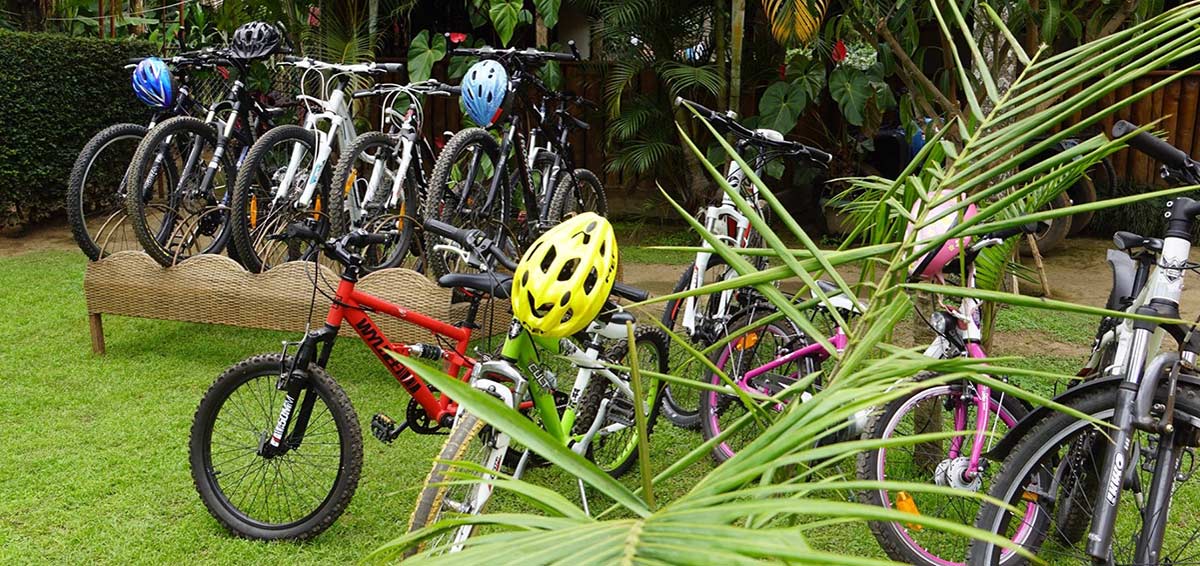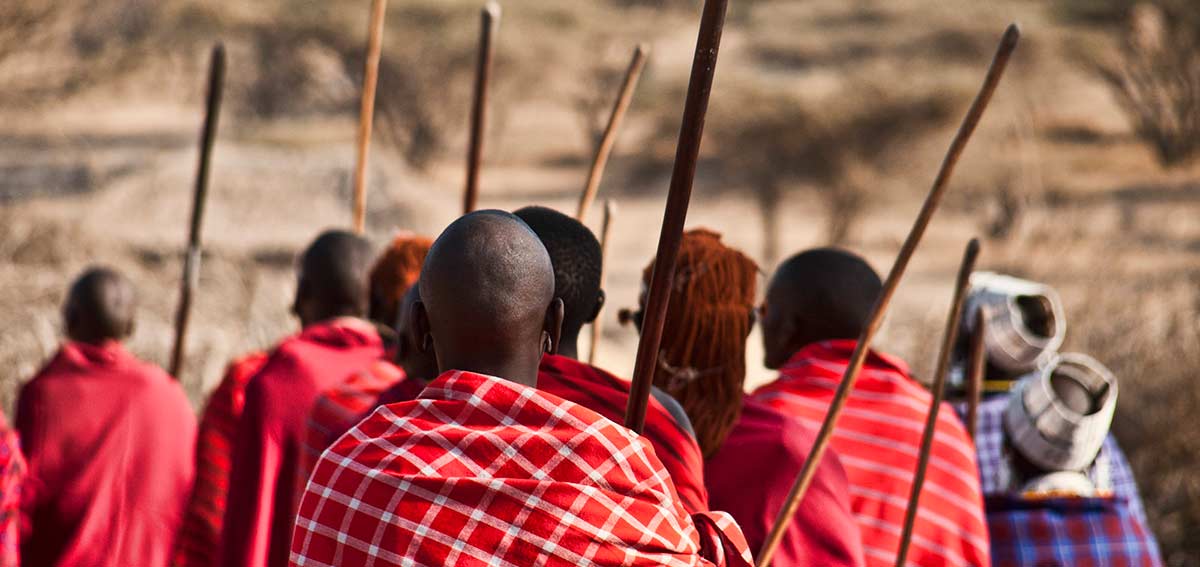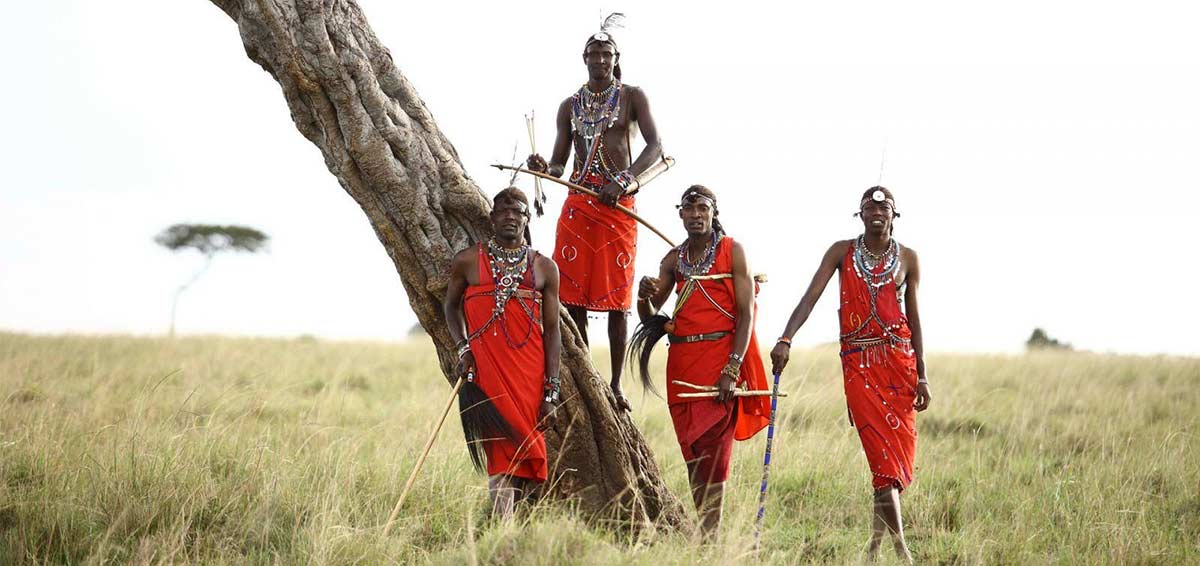Cultural Tourism in Tanzania
Tanzania is the most peaceful country in Africa with more than 120 tribes (ethnic groups).
Cultural tourism is one of the programs which is beneficial to both tourists and local people.
The tourists get an unforgettable and unique experience while the local people generate income that improves their standard of living. Tanzania’s people are among the most welcoming and approachable on earth with diverse and unique cultures ready to be shared with visitors.
Various local communities run their cultural programs and welcome visitors to their homes, bringing income directly to the local community while allowing local people to showcase their way of life to the outside world.
This creates mutual understanding and friendships between tourists and local people, offering tourists from all over the world the possibility to experience
Tanzania’s cultural diversity and providing local people in various rural areas the opportunity to build sustainable livelihoods
We at Blessing Safaris organize cultural Tourism programs on the lush tropical slopes of Mount Meru and Mount Kilimanjaro.
With local guides born and raised in the area, you will have an experience meeting Waarusha, Wameru, or Wachagga people who will proudly describe their carefully
cultivated shambas with coffee, bananas, fruits, vegetables, and dairy cow farming while the World famous Maasai will share with you their old-age pastoralist heritage.
Spend part of your time meeting the friendly faces of Africa and learning about their ways of life.
Cultural tours can be half-day excursions or customized to longer stays for a couple of days among local people in their home villages depending on how much time you have.
What to Know about Maasai?
The Maasai is thought to be a mixture of nilotes who originated in the Nile area, and the Hamites in the area of North Africa.
This beautiful tribe Tanzania cultural tour and its culture safari tours are nomadic and pastoral.
Their life revolves around their large herds of cattle, which according to their traditional Maasai belief, all (cattle) belong to them.
Maasai people mainly depend on everything from their cattle, starting with shelter, food, and traditional dress.
Maasai live in huts made of tree branches, mud,(and) grass, and cow dung.
They live in families known as (boma) emanyata which refers to settlements composed of enclosed homesteads.
A fence made of thorny bushes surrounds the Manyata. This protects the Maasai and their livestock from intruders and predators.
Each Maasai Manyata has about 10 to 20 huts known as “inkajijik”. According to tradition, women construct Maasai huts.
In addition to constructing the house, women in the Maasai community are also responsible for collecting firewood, fetching water, milking the herds of cattle, and cooking for the family.
Young boys look after the livestock while the warriors maintain peace.
Older men oversee daily operations in the community.
Here you will meet the most patriarchal community in Africa with their social relations based on the system of clans (ogilata), of which there are thought to be eleven in total.
You will also get a glimpse of the (age) system in Tanzania in which the most important group is the warriors (morani), who pass on their ritual ceremonies from one generation to the next!
They believe in a single God named Engai, who has two distinct faces, resembling God or Satan.
The former Narok brings rain and welfare of all kinds, (is a good and benevolent Black God, while the latter Nanyokei, who is associated with the long dry seasons and is the origin of all troublesome situations to them.!
What to Know about Hadzabe?
The Hadza people, or Hadzabe’e, Are an ethnic group in central Tanzania living around Lake Eyasi in the central Rift Valley and the neighboring Serengeti Plateau.
With just under 1000 in number. Some 300–400 Hadza live as hunter-gatherers, much as they have for thousands or even tens of thousands of years. They are the last functioning hunter-gatherers in Africa.
This tribe is found in different areas of Africa, but they originated in Namibia.
With click-sounding language, the Hadza are not closely related to any other people.
However, they are traditionally considered an East African branch of the Khoisan people as they both use the click language.
Due to cultural interaction (specifically at Mang’ola village), the Hadzabe people have adopted some words from the Datoga tribe.
For example, when greeting they don’t use the click sound but rather adopt words from the neighbors. ‘Mtaana Bawa’ for males ‘Mtaana aya’ for females and the one greeted will reply ‘mtaana’.
Exclusively mutual relationships exist between honeyguides and mammals: to obtain the wax, the bird guides people and honey-badgers to the nests of wild bees. The Hadza whistle “dialogs’ with the honeyguide that mimics the bird’s song.
The role of the honeyguide is reflected also in Hadza mythology, both in natural and personified form.
Blessing Safaris will lead you to the Hadza, who are highly skilled, selective, and opportunistic foragers, who adjust their diet according to season and circumstance.
Depending on local availability, some groups might rely more heavily on tubers, others on berries, and others on meat.
This variability is the result of their opportunism and adjustment to prevailing conditions.
This is where women are submissive to men, also the young are submissive to their elders and the whole clan is submissive to the king.
Meet them when meat is abundant, during the dry season when the game concentrates around sources of water.
During this time, men often hunt in pairs and spend entire nights lying in wait by waterholes, hoping to shoot animals that approach for a night-time drink.
They use bows and arrows treated with poison.
The poison is made from the branches of the shrub Adenium Coetaneum commonly known as a wild rose. Do not miss this amazing experience!.
The Hadza ~the only tribe in Tanzania exempt from the rule of law in conservation and tax payment!





